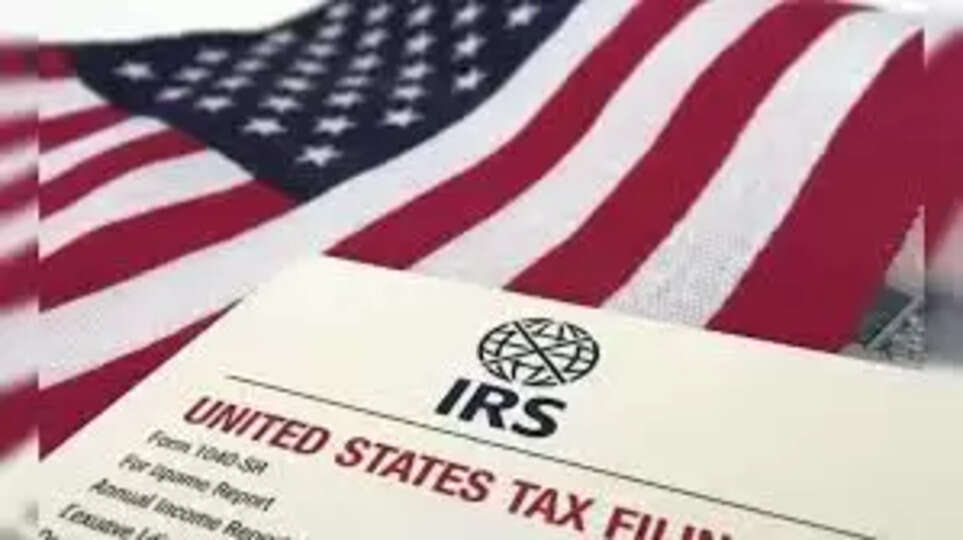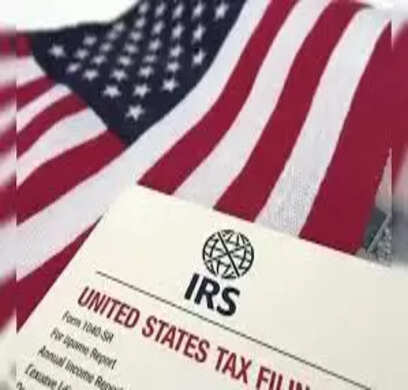IRS in Crisis: The October 15th Tax Deadline Under the Shadow of the 2025 Shutdown
Despite the 2025 government shutdown forcing the furlough of nearly half its workforce, the IRS confirms the October 15th tax filing deadline for extended returns is still in effect. Learn how to file electronically, avoid penalties, and what services are suspended due to the lapse in appropriations.


Introduction
As the U.S. government shutdown continues unabated into its second week in October 2025, a critical deadline looms for millions of taxpayers: the October 15th extension deadline for 2024 federal income tax returns. The Internal Revenue Service (IRS), a key agency funded by annual appropriations, is severely hobbled by the lack of funding. It has been forced to furlough nearly half of its workforce, drastically curtailing operations. However, tax law dictates that the filing requirement remains in effect. The message is clear and uncompromising: the government shutdown does not automatically extend the tax deadline. Taxpayers must still file their returns and pay any taxes owed by October 15th to avoid penalties and interest, navigating a system with vastly reduced capacity and almost no live support.
The Unyielding Deadline: Tax Law Trumps Shutdown
The fundamental principle of federal tax law is that obligations—filing and payment—are set by statute and are not suspended by a lapse in government funding. The IRS has publicly confirmed that the October 15, 2025 deadline for individuals who requested a six-month extension earlier in the year remains fully in force.
Penalties and Interest Still Accrue
A common misconception during a shutdown is that penalties for late filing or late payment will be waived. This is generally not the case.
The IRS is required by law to impose a failure-to-file penalty (typically 5% of the unpaid taxes for each month or part of a month the return is late, up to 25%) and interest on any unpaid tax liability, and these are still accruing even with the majority of collections staff furloughed. Taxpayers who miss the deadline may be able to petition for a penalty waiver on the basis of "reasonable cause" once the IRS reopens, but they must be prepared to submit a detailed explanation. The only way to certainly avoid these statutory charges is to file the return and pay the balance due on or before October 15th.
Disaster Extensions as the Only Exception
The only widely acknowledged extensions beyond October 15th are those that the IRS granted earlier in the year to taxpayers in areas affected by federally declared natural disasters, such as certain counties in states like Kentucky, Arkansas, and West Virginia, which may have deadlines extending into November.
The IRS Under Furlough: Critical Service Suspensions
In the initial days of the shutdown, the IRS was able to maintain near-full staffing using carryover funds, particularly from the Inflation Reduction Act (IRA). However, as of October 8th, the agency implemented its contingency plan and furloughed approximately 46.4% of its staff, sending close to half its 74,000 employees home without pay. This massive staff reduction has crippled many core taxpayer services.
Halted and Suspended Operations
The furlough has resulted in the immediate suspension of operations requiring direct staff involvement, including:
- Phone and In-Person Support: Most IRS call sites are non-operational, and Taxpayer Assistance Centers (TACs) are closed or operating with extremely limited capacity. Taxpayers needing help with their extended returns will find live assistance virtually impossible to access.
- Paper Return Processing: The processing of all paper-filed returns, paper payments, and general correspondence is suspended. Mail will be collected but will sit unprocessed until the shutdown ends, leading to a massive backlog.
- Non-Automated Collections and Audits: Enforcement actions, new audits, and other non-automated collections activities are largely paused due to the furlough of most staff in the Large Business and International and Small Business/Self-Employed divisions.
- Taxpayer Advocate Service (TAS): The independent TAS, which helps taxpayers facing financial hardship, is operating with severely limited staff, making it difficult for the most vulnerable to seek relief.
Taxpayer Action Plan: Navigating the Crisis
Given the closure of most support services, tax professionals and the IRS itself are urgently advising taxpayers to file and pay electronically.
1. File Electronically (E-File)
Electronic filing is the most reliable way to meet the October 15th deadline.
The IRS's automated IT systems that handle e-filed returns and process automated refunds remain operational, as they are designated as essential functions to protect government revenue. E-filing ensures the return is timestamped and acknowledged as filed on time, even though the return may still face manual review delays if it contains errors or complex issues.
2. Pay Electronically
If a taxpayer owes a balance, they must pay it by October 15th. Paper checks are strongly discouraged, as they will sit uncashed in processing centers, potentially resulting in late-payment penalties. Electronic payment methods such as IRS Direct Pay, the Electronic Federal Tax Payment System (EFTPS), or debit card/credit card options are the only way to ensure the payment is recorded before the deadline.
3. Anticipate Delays (Especially for Refunds)
While automated refunds continue to be issued (especially those requested via Direct Deposit), any return that requires a manual review, needs to address prior-year issues, or involves a non-automated process will be delayed until the shutdown ends. Taxpayers can track the status of simple refunds via the "Where's My Refund?" tool, which remains online.
Conclusion
The 2025 government shutdown has created a perfect storm for taxpayers with extended returns. The October 15th deadline remains fixed, yet the essential government arm responsible for processing returns and providing support is operating at half capacity. The onus is entirely on the taxpayer to file and pay on time using electronic services to safeguard against penalties and interest. This unfortunate confluence of political gridlock and statutory obligation ensures that the human and logistical cost of the shutdown will be felt keenly by millions in the coming days and weeks.
FAQ's
Q1: Does the government shutdown extend the October 15th tax filing deadline?
A1: No. The federal income tax deadline is set by law and is not automatically extended by a government shutdown. All individual taxpayers who filed an extension for their 2024 returns must file their return and pay any taxes owed by October 15, 2025.
Q2: Will I be penalized if I miss the October 15th deadline because of the lack of IRS support?
A2: Yes, the statutory penalties for late filing and late payment still apply. The only way to avoid them is to file and pay on time. However, once the government reopens, you can apply for a penalty waiver based on "reasonable cause," citing the lack of IRS assistance as a factor, but this is not guaranteed.
Q3: How many IRS employees are furloughed during the shutdown?
A3: As of mid-October 2025, the IRS has furloughed approximately 46.4% of its total workforce, or nearly half of all employees. Only excepted and exempt staff, about 39,870 employees, remain on the job to handle essential functions like e-filing systems.
Q4: Should I mail a paper tax return or payment?
A4: You should file and pay electronically. While a paper return postmarked by October 15th will be considered filed on time, it will not be processed until the shutdown ends, leading to significant delays. Paper checks will also sit uncashed, risking late payment penalties.
Q5: Are tax refunds being issued during the shutdown?
A5: Yes, for e-filed returns. The automated systems responsible for processing e-filed returns and issuing refunds (especially those sent via direct deposit) are deemed essential and remain operational. However, refunds requiring any manual review or verification will be delayed.
